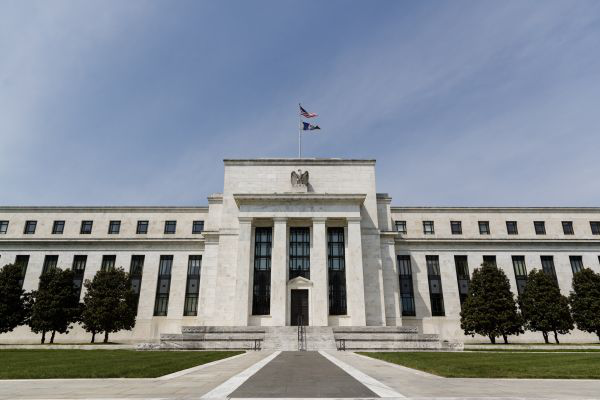On Friday April 30, the Federal Reserve kept the market’s expected benchmark interest rate and bond purchase plan unchanged. In a statement after the meeting, FOMC pointed out that with the progress of vaccine application and strong stimulus policies, indicators of economic activity and employment market have been strengthened. In view of the fact that the inflation rate continues to be lower than the long-term target, FOMC plans to let the inflation rate moderately exceed 2%, so that the average inflation rate will reach 2% after a period of time, and the long-term inflation expectation will also be set at 2%. FOMC plans to maintain a loose monetary policy stance until the above results are achieved.
The following is an analysis of the following currencies by on this trading day:
USD:
As the US Federal Reserve continues to push the US dollar weaker, the US dollar is still under pressure. Dutch international group commented on the results of the FOMC meeting: Although the Federal Reserve acknowledged that the economic outlook has improved due to the successful vaccination program and additional financial support, investors still need to be cautious and there is no trend of monetary policy normalization at present. As the US front-end real interest rate has been negative and will fall further, and the US consumer price index has risen sharply this quarter, this is negative news for the US dollar, especially when Europe is optimistic that its economy will pick up in the next few months, in which case the fixed foreign exchange will benefit. In his speech to Congress yesterday, US President Biden further emphasized his fiscal stimulus plan, adding additional support to cyclical foreign exchange reserves (as long as the Fed does not act). Today, the focus is shifted to the GDP of the United States in the first quarter, and the stimulus policy to promote consumer spending should be considerable.
euro:
Last night, the euro broke through the 1.21 level against the US dollar, which will maintain an upward trend in the coming months due to the dollar’s weakness led by the dove Federal Reserve and the improvement of economic data in the euro area. The main reason for the weakening of the euro against the US dollar is the revaluation of the growth prospects of the euro area, which has little to do with the European Central Bank. On the data side, we will get the preliminary data of Germany’s consumer price index for April today, which will further rise to the level very close to 2%.
pound:
Although also benefited from the weak environment of the US dollar, the exchange rate of the pound against the US dollar is very close to the level of 1.40, but political factors limit the appreciation of the pound. In fact, yesterday’s performance of the pound against the US dollar was not as good as that of the euro against the US dollar. The British election commission has begun to investigate the renovation funds of British Prime Minister Boris Johnson’s apartment. The upcoming Scottish election shows that there is limited room for pound appreciation in the near future.









